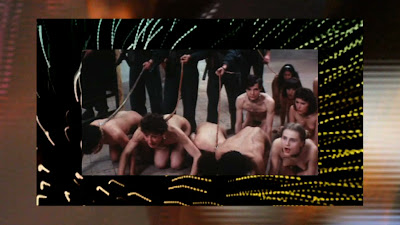What happens when the spectator of film is confronted with a photograph?
 |
| Still from 'Letter from an Unknown Woman" (Max Ophuls, 1948) |
What do these photographs serve? A narrative one, to be sure. [...] The photos act as a hinge between the two major parts of the story; they express the passing of time. Yet, these photographs also seem to resist time. It isn't only that they symbolize it, as one might believe. They, in fact open up another time: a past of the past, a second, different time. Thus, they freeze for one instant the time of the film, and uprooting us from the film's unfolding, situate us in relation to it.
[...]
The photo, subtracts me from the fiction of the cinema even if it forms a part of the film, even if it adds to it.












